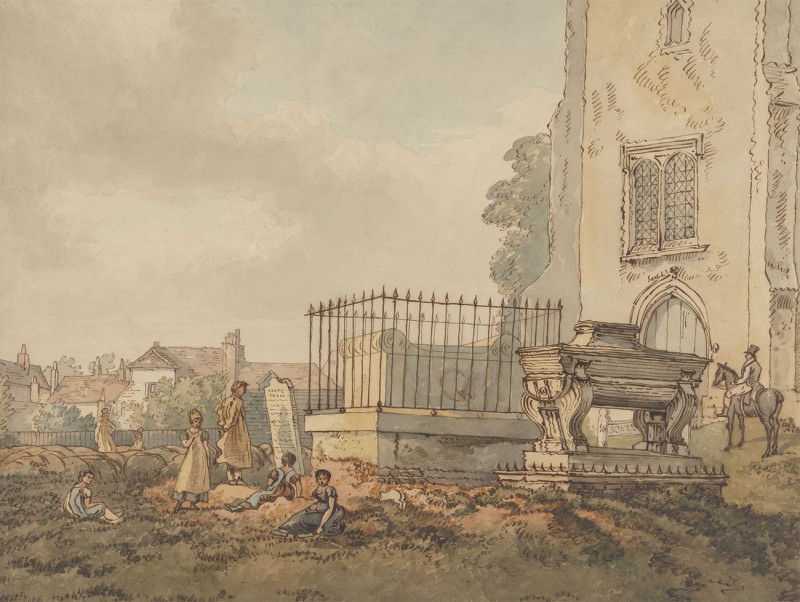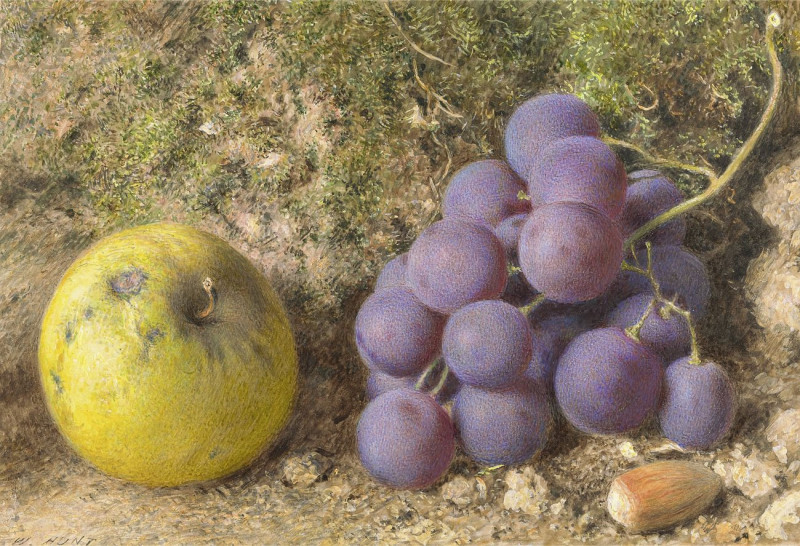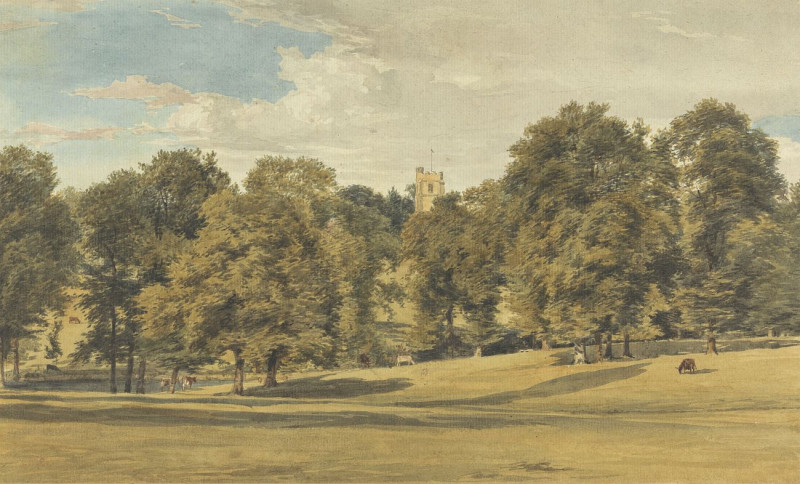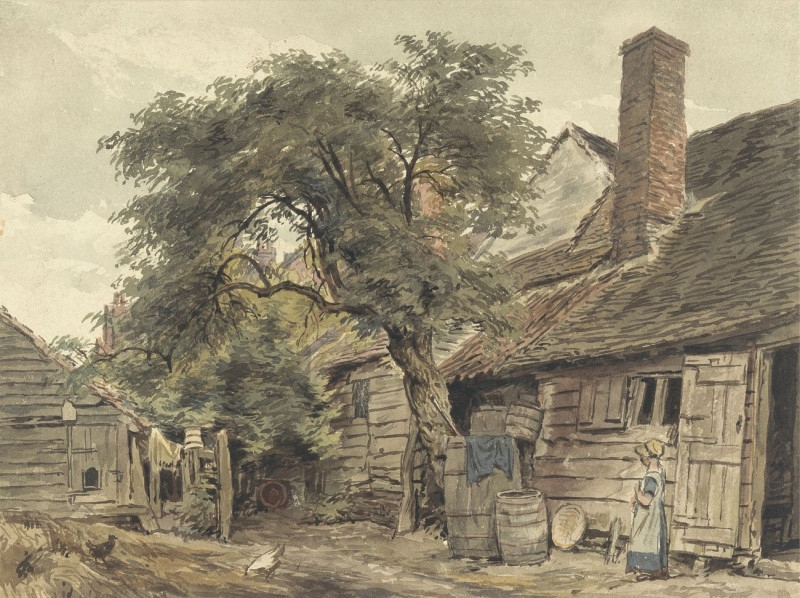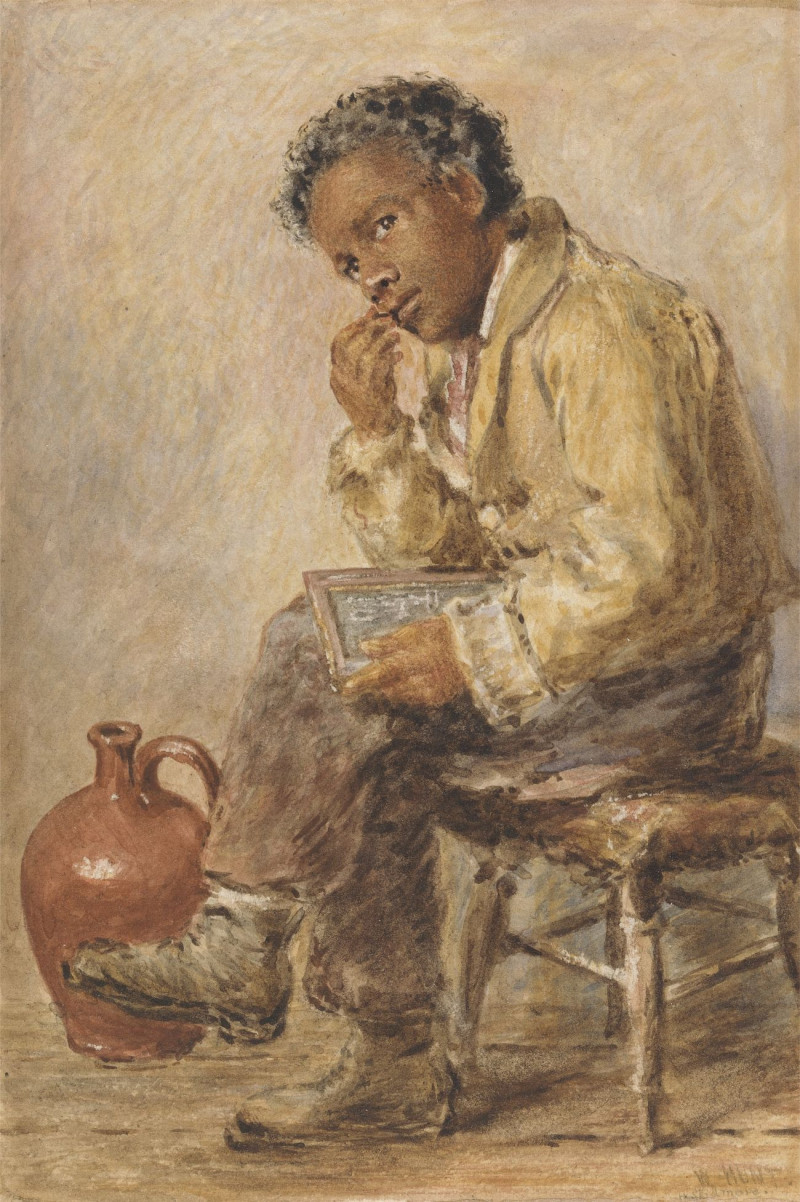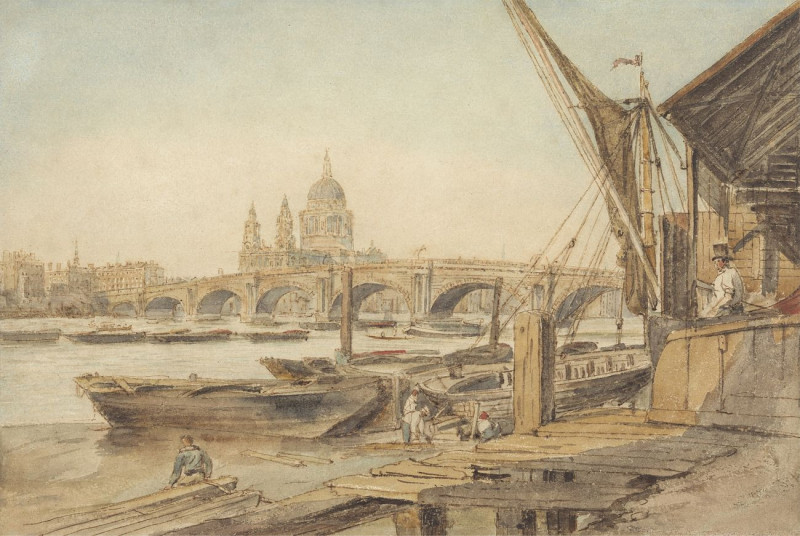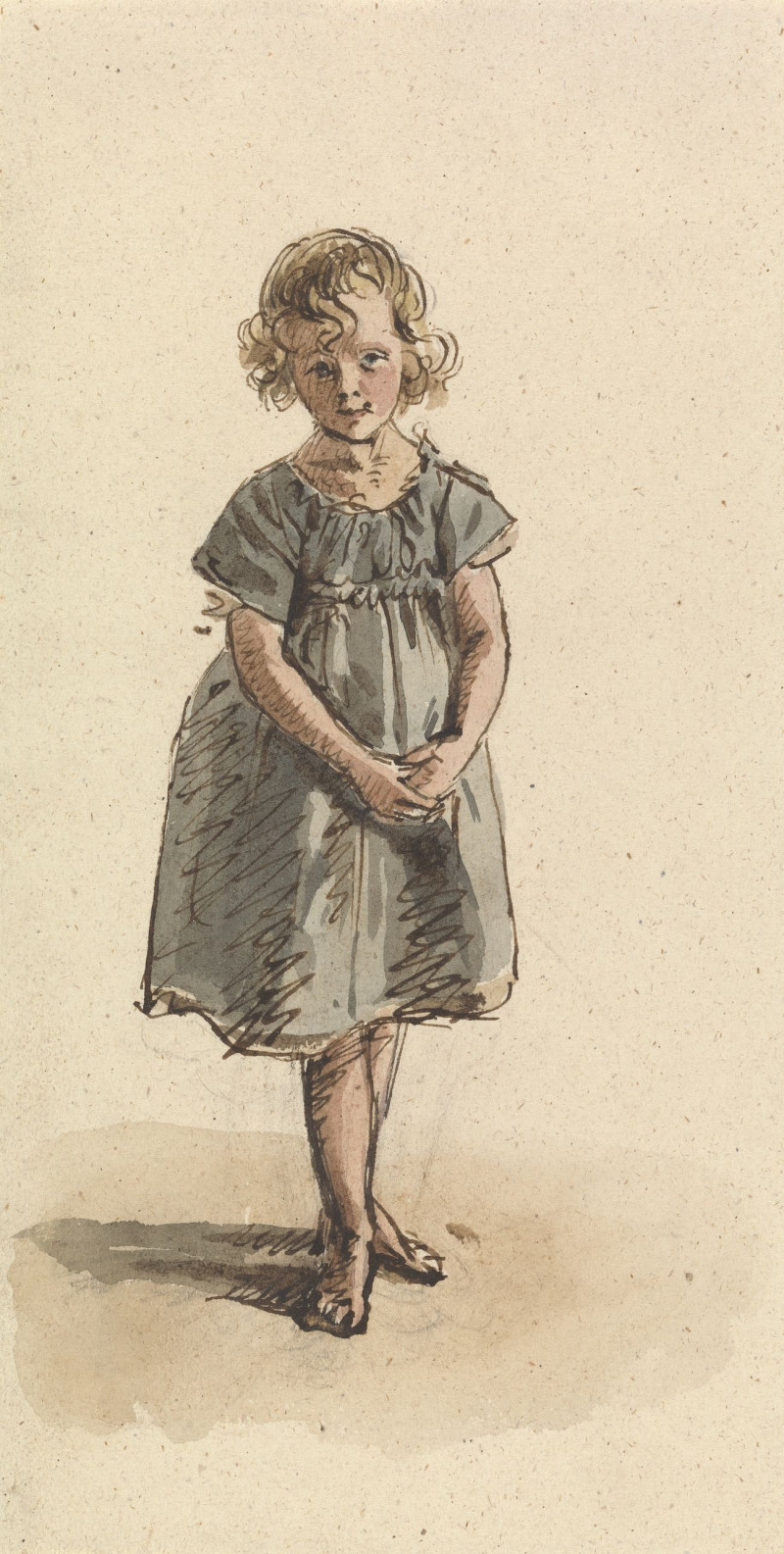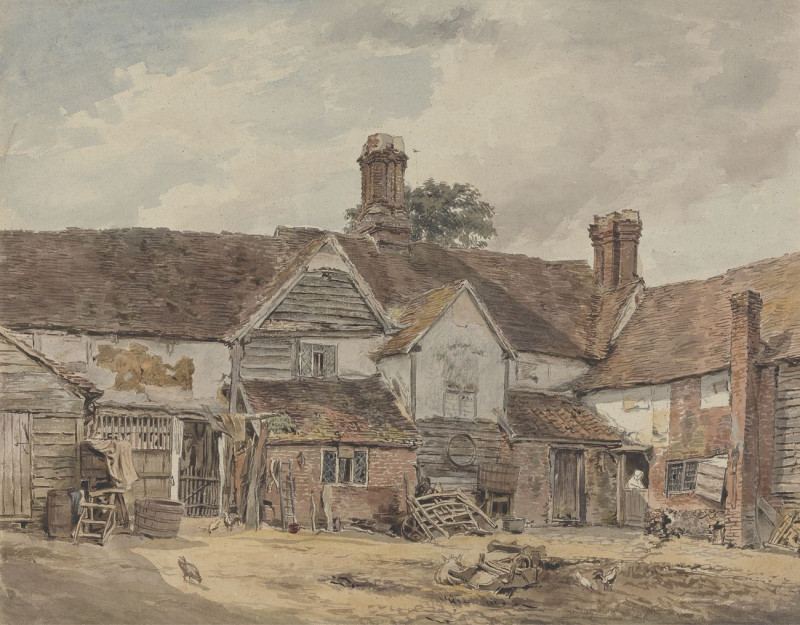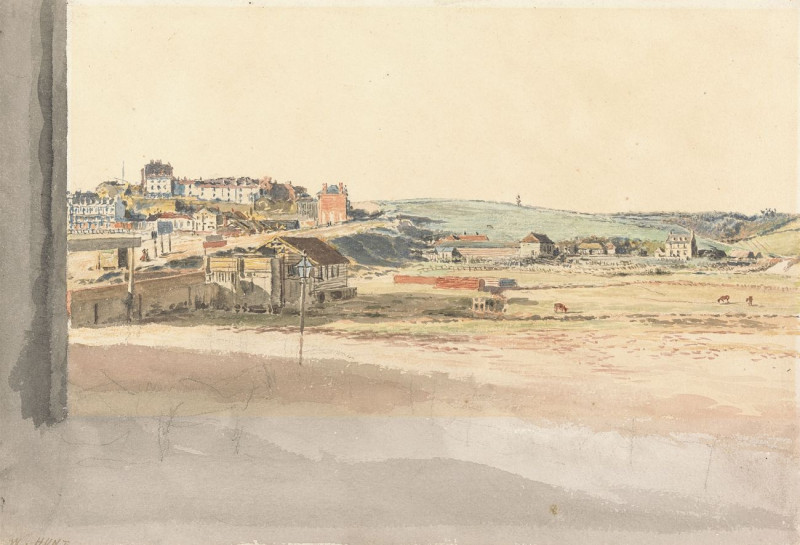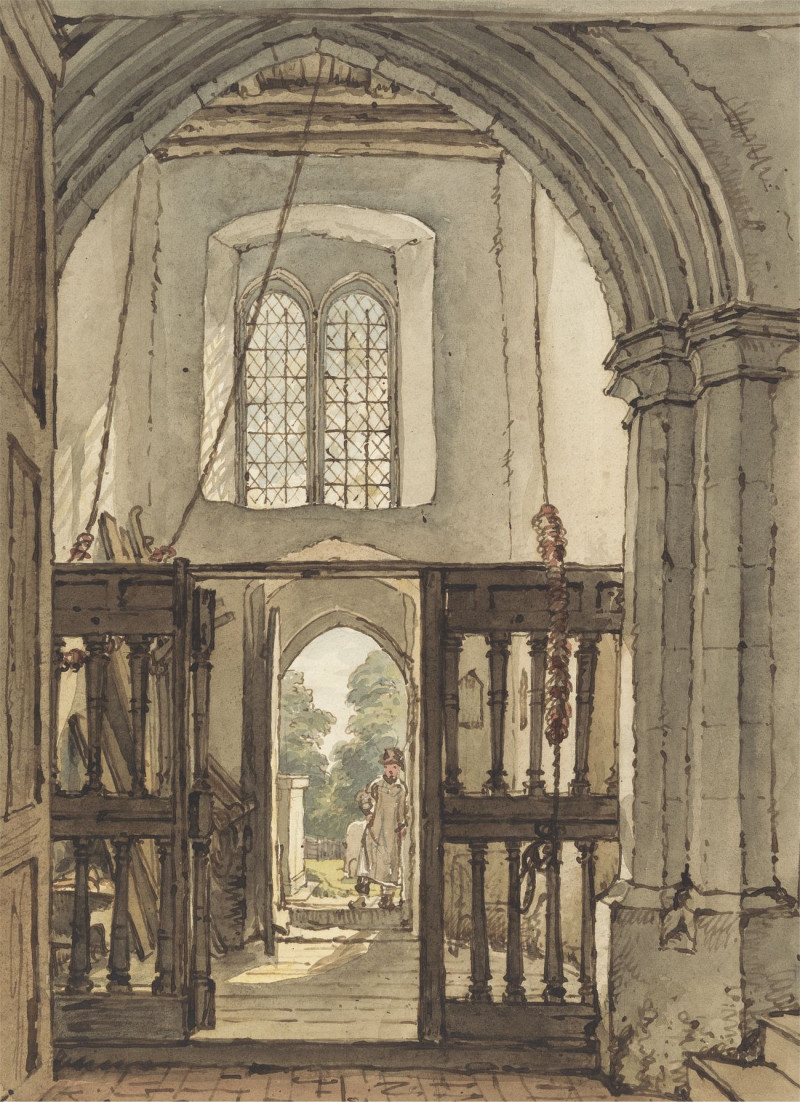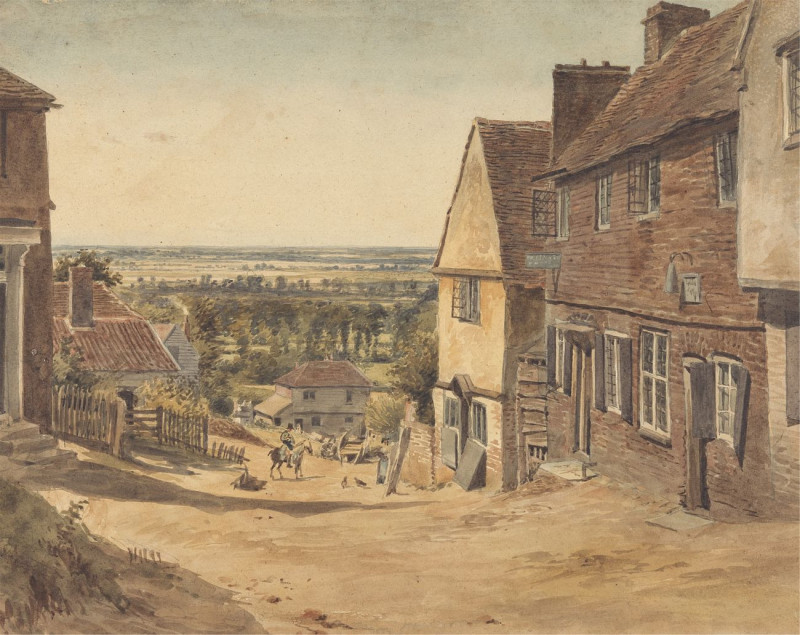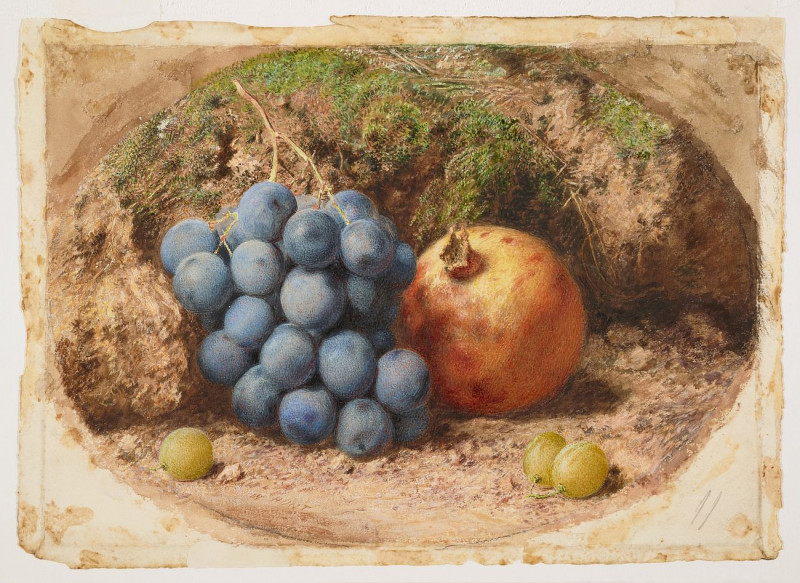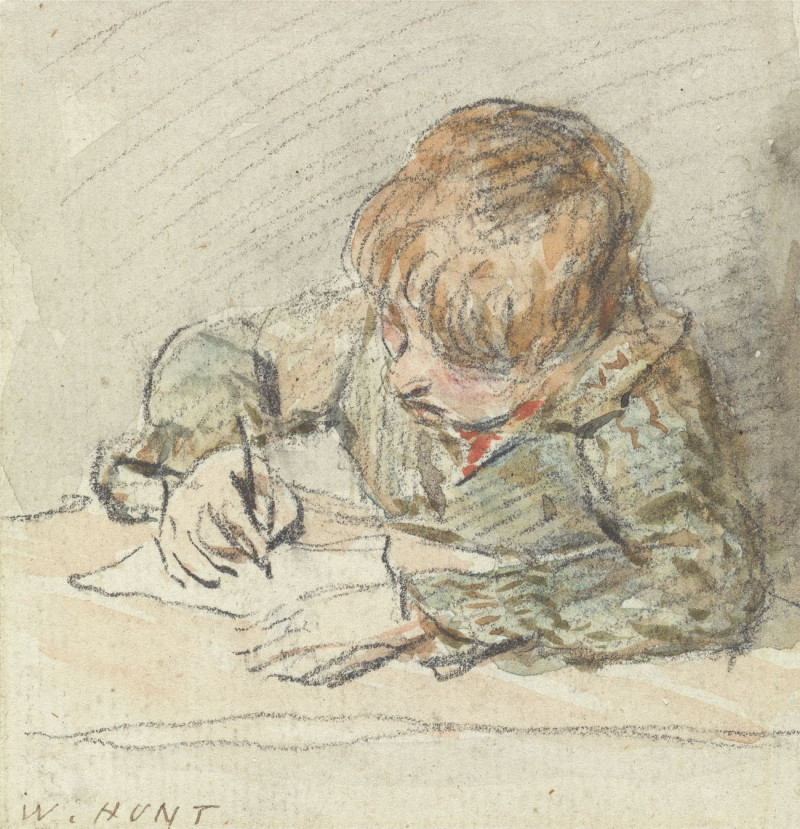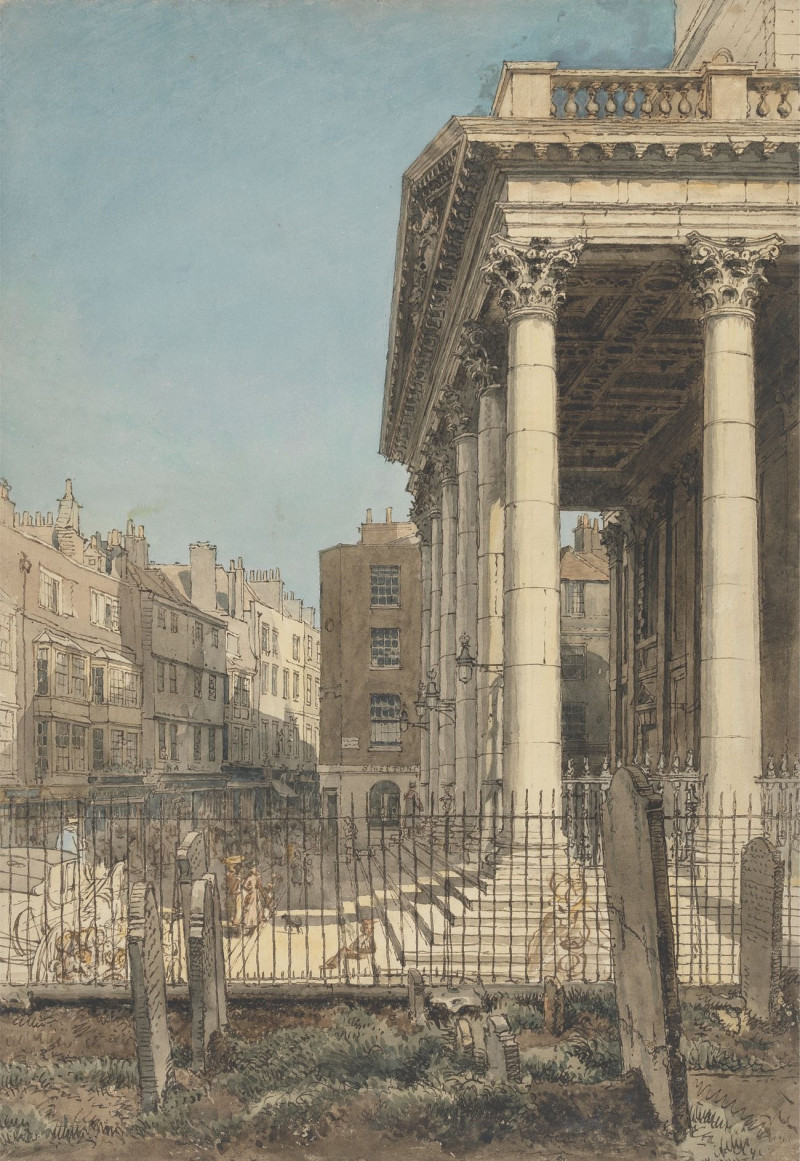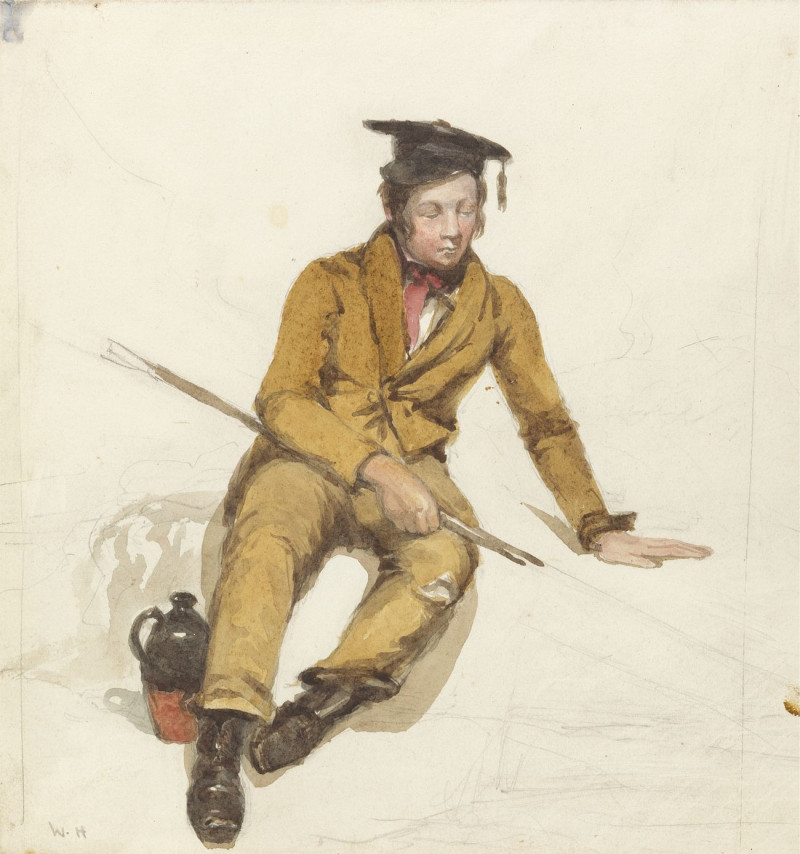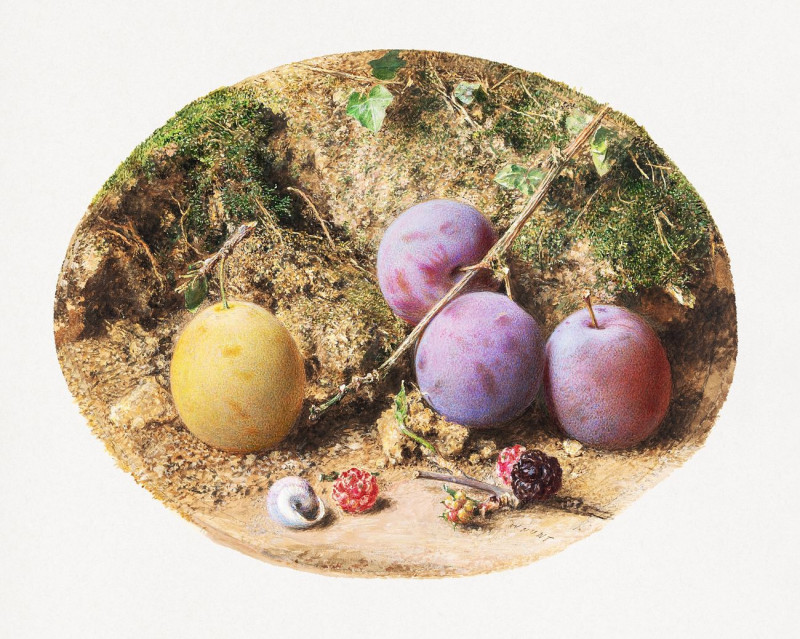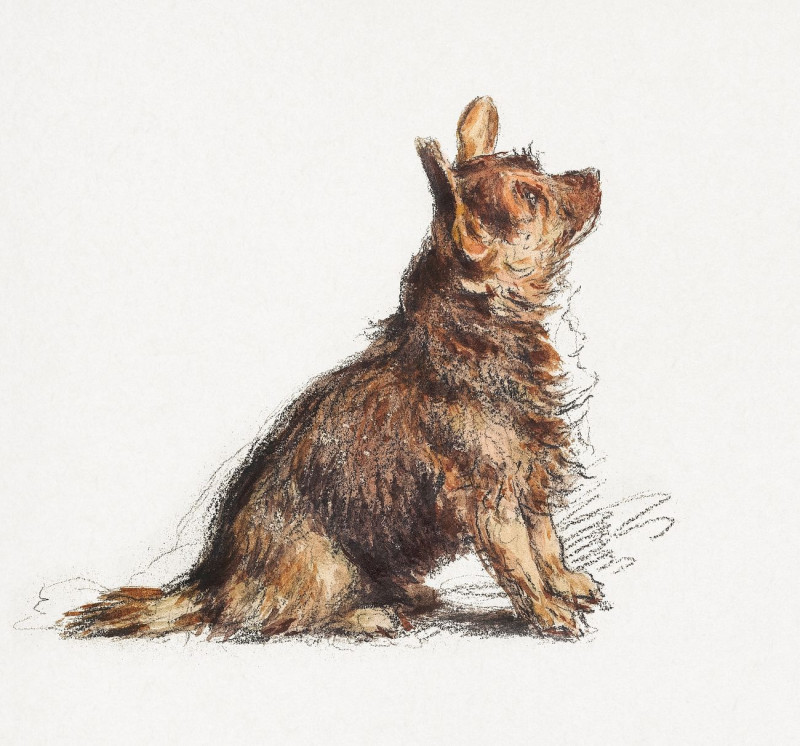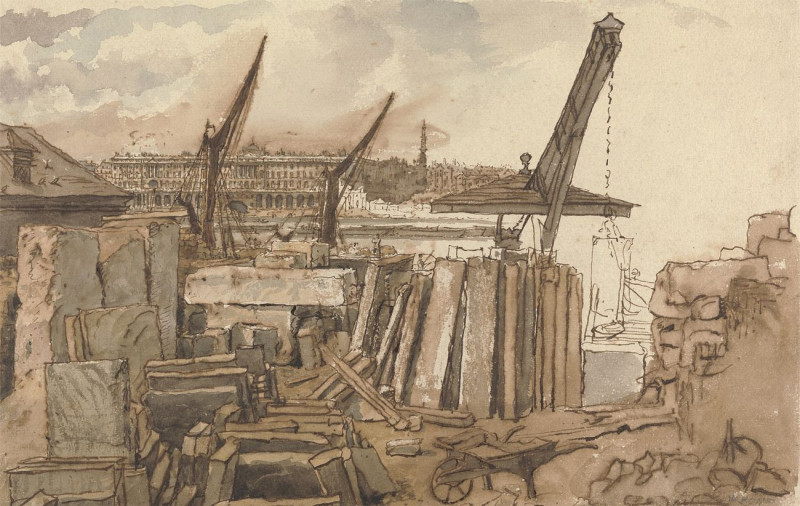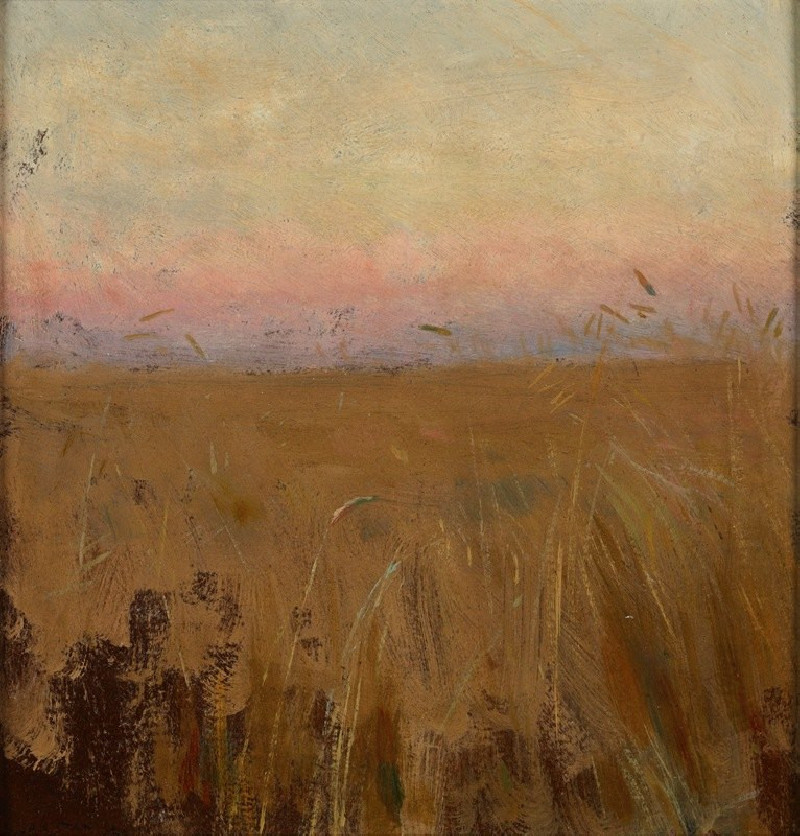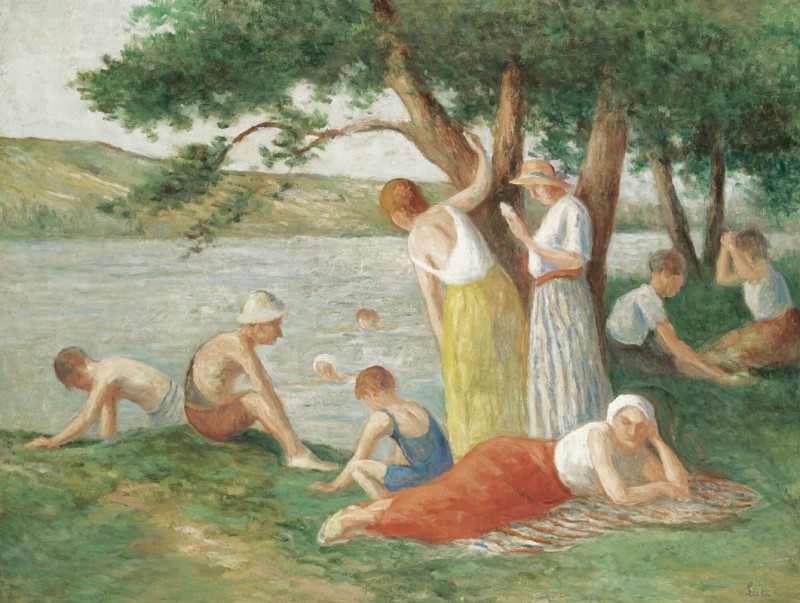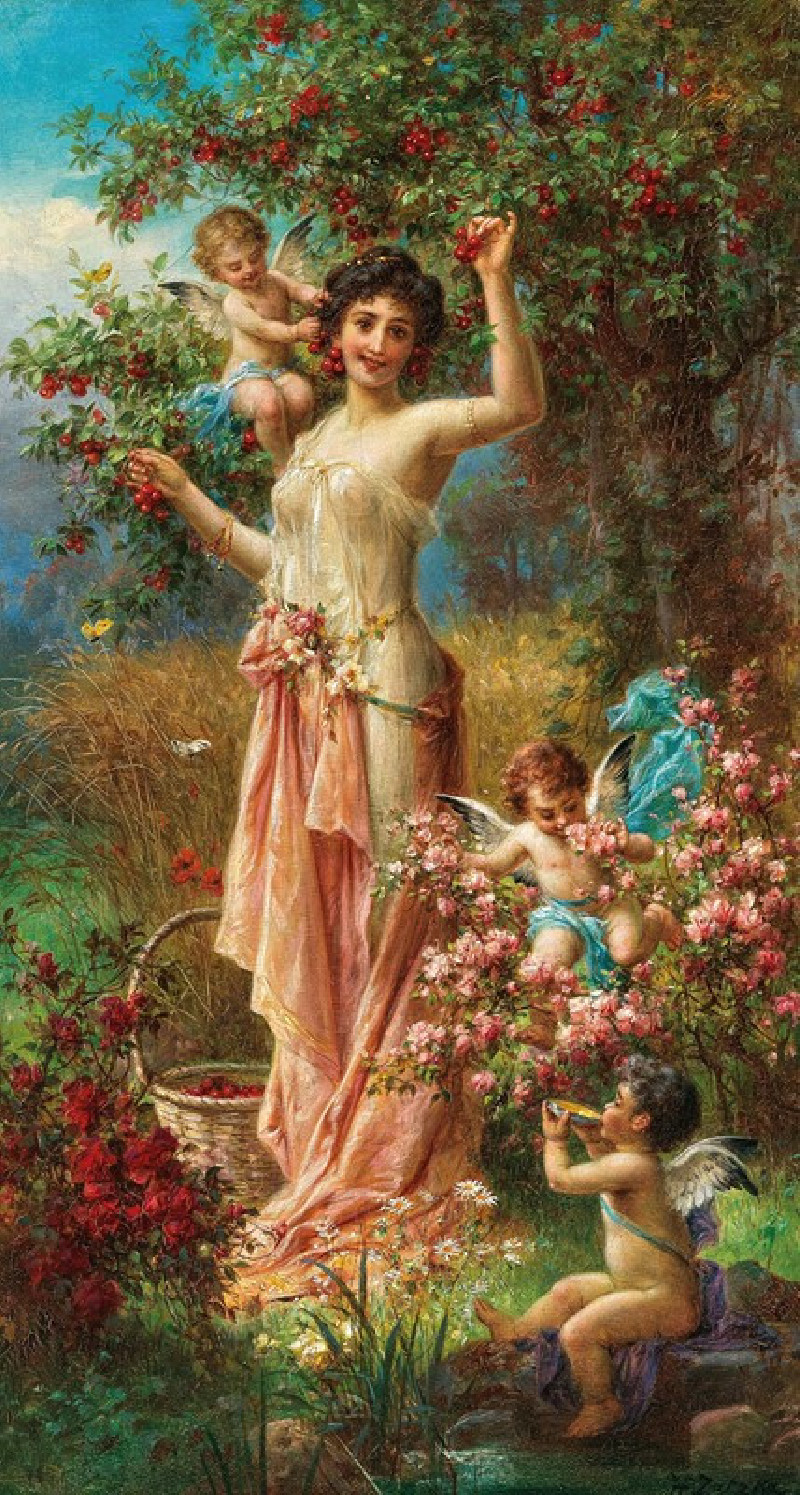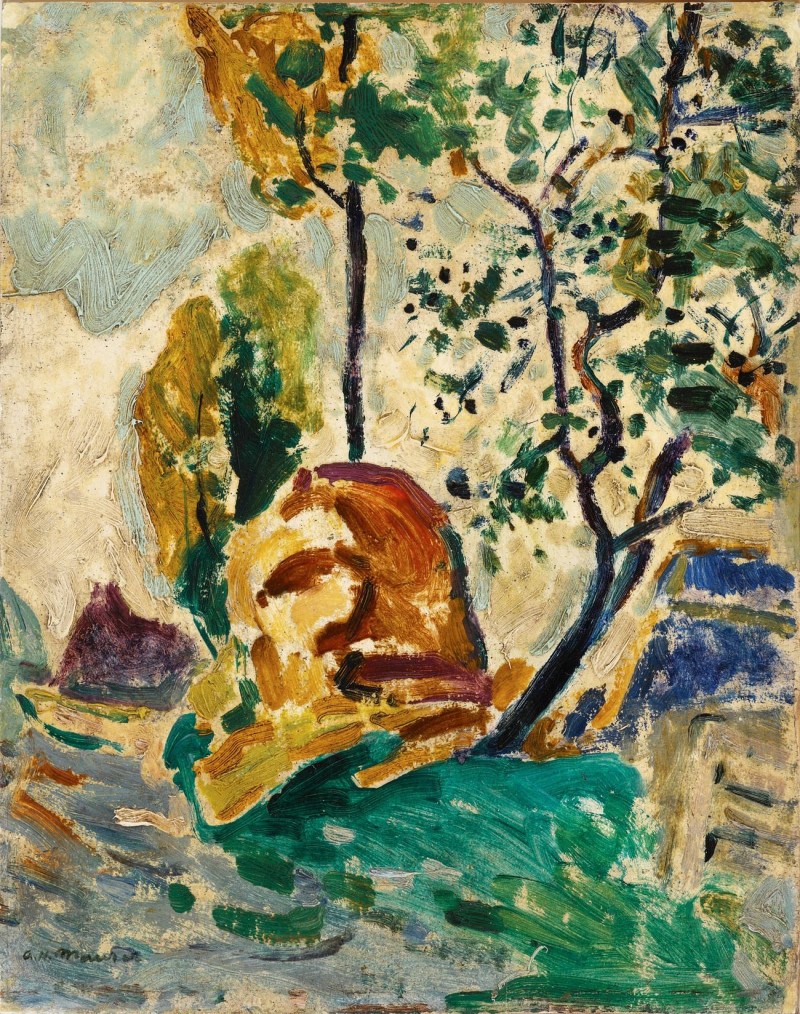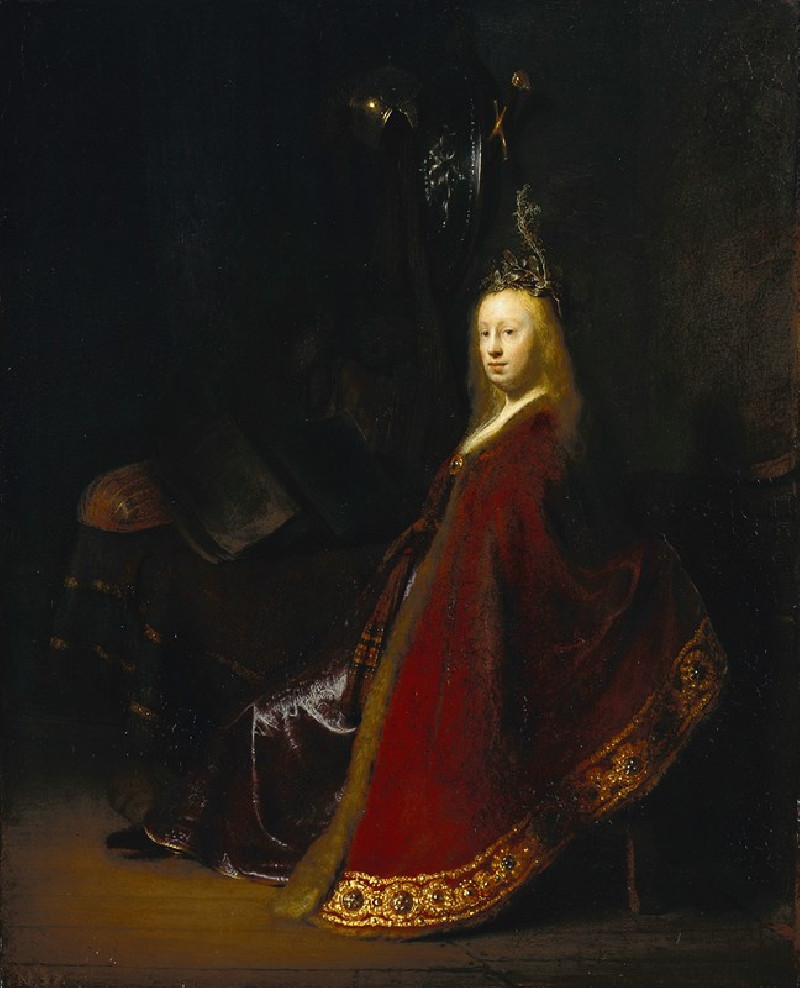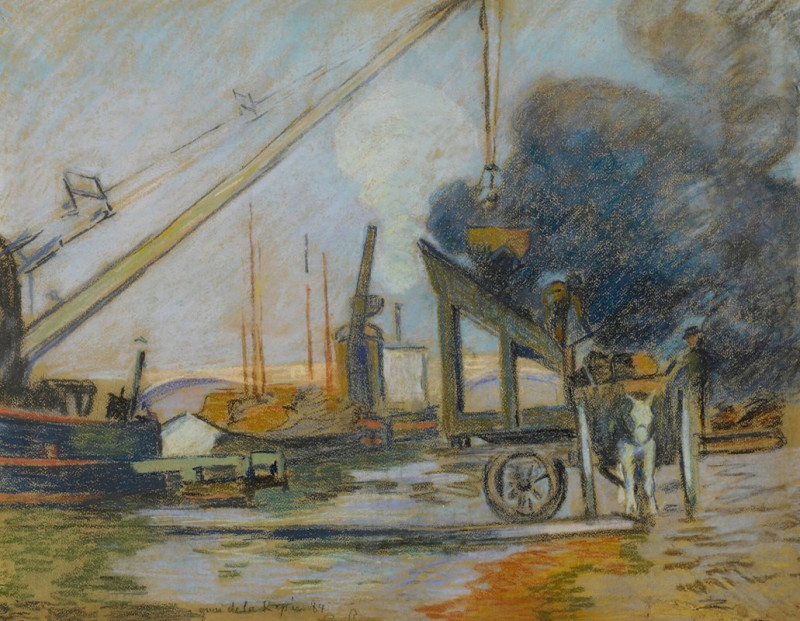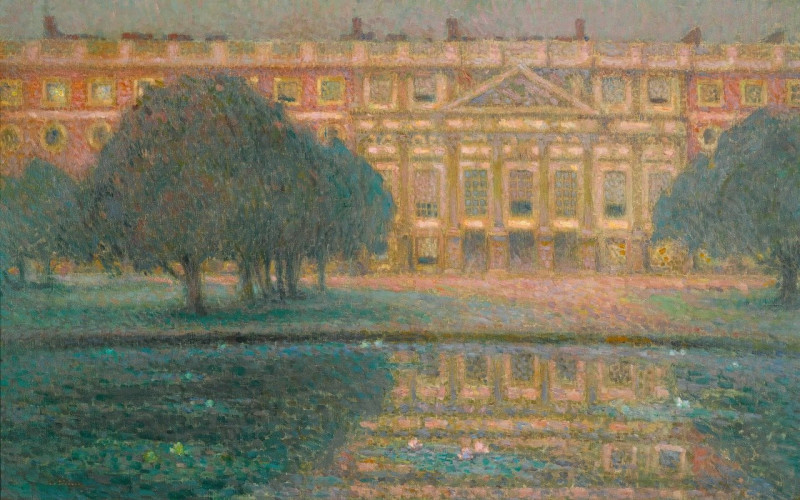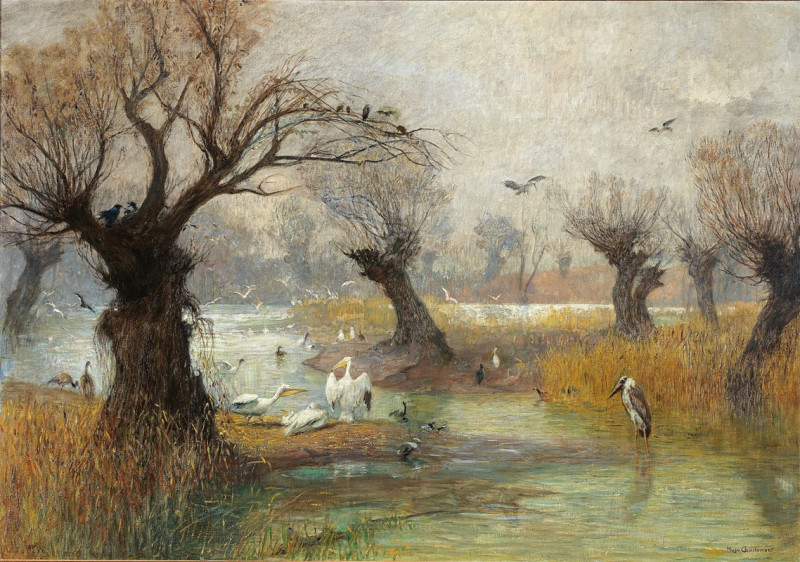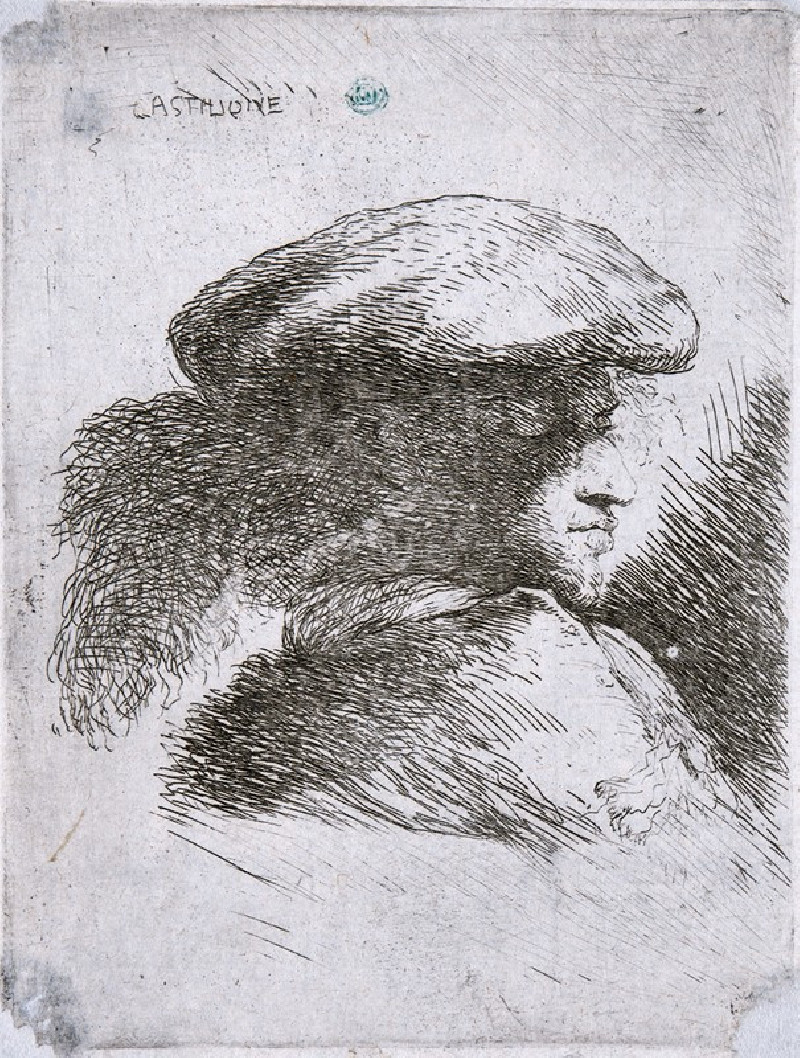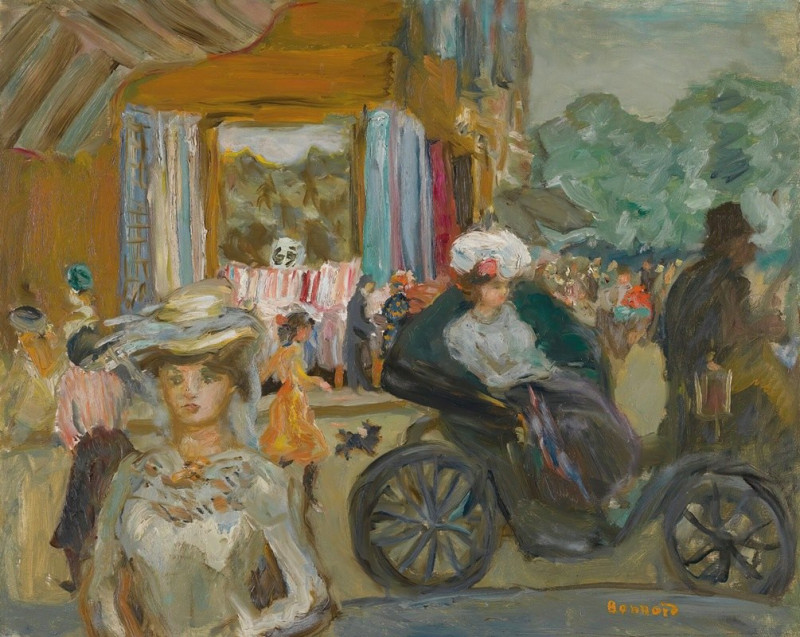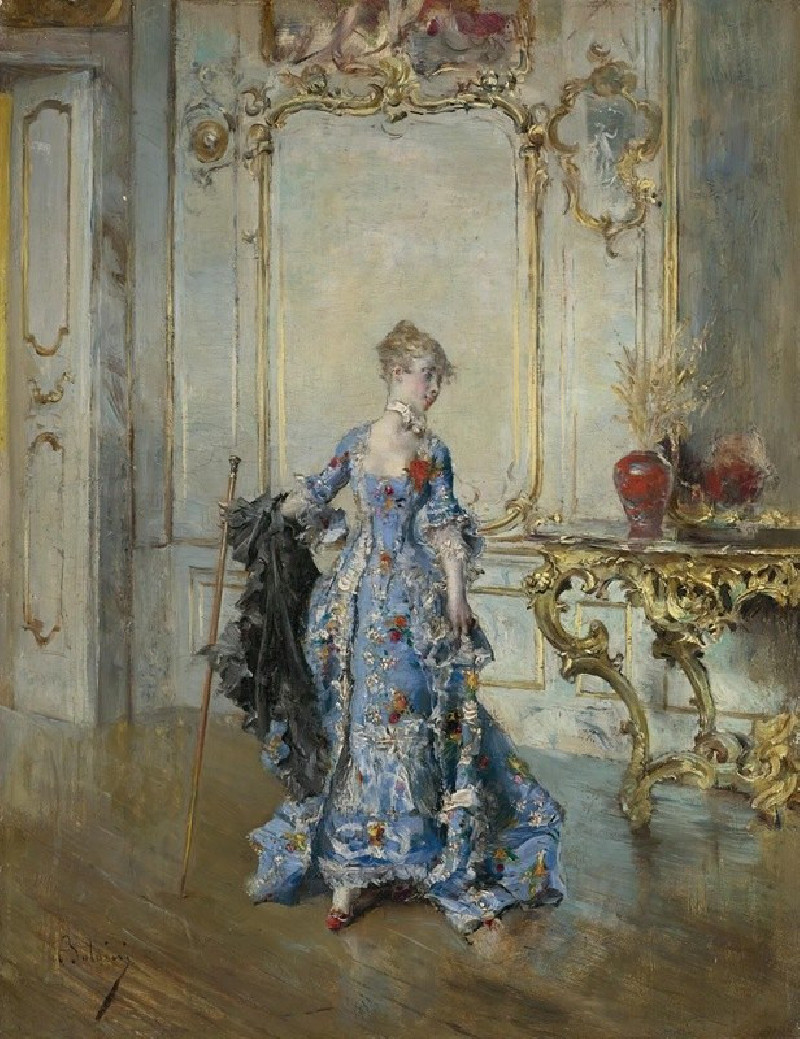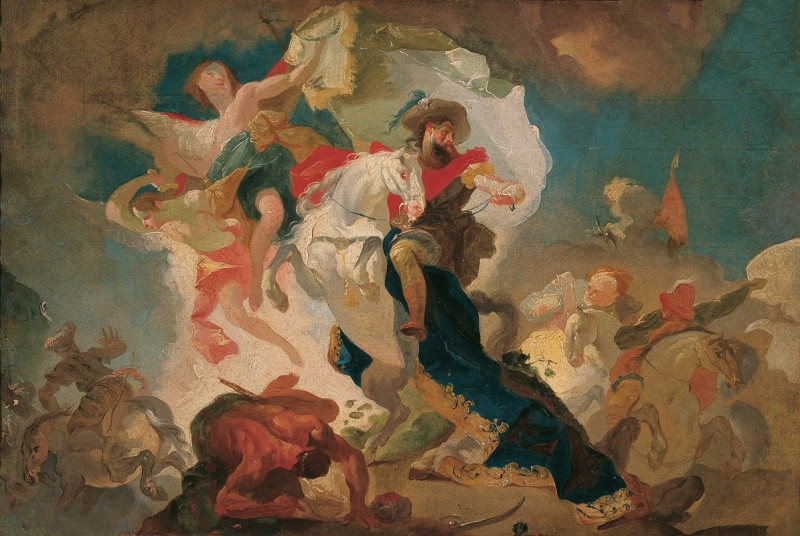Bushey Churchyard With The Tombs Of Edridge, Hearne And H
Technique: Giclée quality print
Recommended by our customers
More about this artwork
This painting by William Henry Hunt, titled "Bushey Churchyard with the Tombs of Edridge, Hearne and H," depicts a tranquil and somewhat pastoral scene set in a churchyard. It's executed in a style that balances both detail and softness, indicative of Hunt’s meticulous approach to watercolor.In the foreground, you can see a group of individuals in a relaxed setting within the churchyard. There are two young girls standing and conversing, while a group of boys sits on the ground nearby, engaged in conversation or lost in thought. Each figure is dressed in what appears to be simple, period-appropriate attire, which suggests a setting in the 19th century.The center of the composition features prominently ornate tombs, fenced off, indicating their significance and perhaps the respect afforded to those interred there. These tombs, draped with cloth and adorned with detailed carvings, add a solemn and historical depth to the scene.On the right side, a man atop a horse is depicted, suggesting that visitors to the churchyard still engaged in regular activities like riding, blending daily life with the memorial setting. The horse and rider are rendered with care, suggesting movement and life continuing around the static reminder of death symbolized by the tombs.The background shows a glimpse of a rural village or town, visible just beyond the low wall of the churchyard. This offers a context of the churchyard being part of a larger community.
Delivery
Returns
William Henry Hunt (1790–1864), a 19th century British painter and watercolorist specialized in still life compositions. His early works were watercolor landscapes and portraits, but he later concentrated on painting still lifes of flowers, fruits, bird nests and eggs, figures in domestic settings and candlelight scenes. He is famous for developing a unique technique to create an enamel-like appearance to his paintings, which influenced many Victorian artists.

